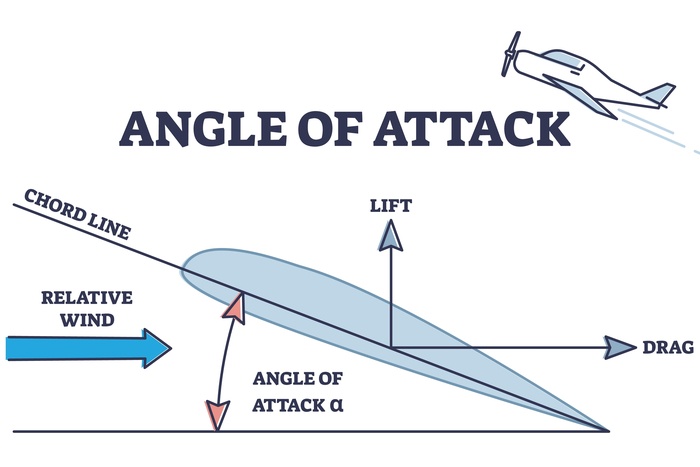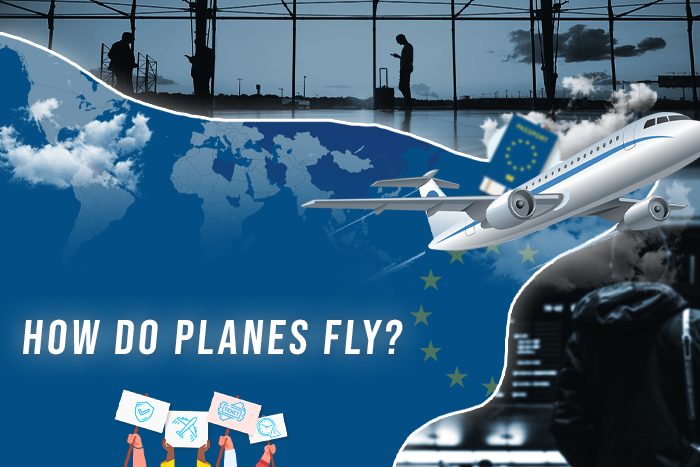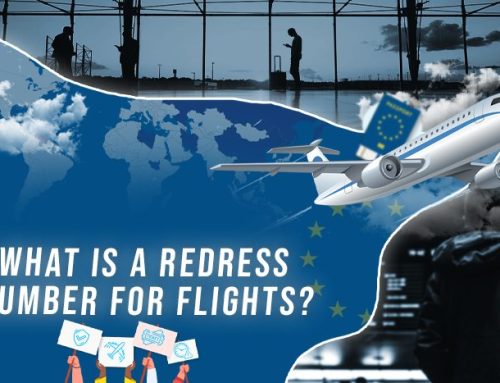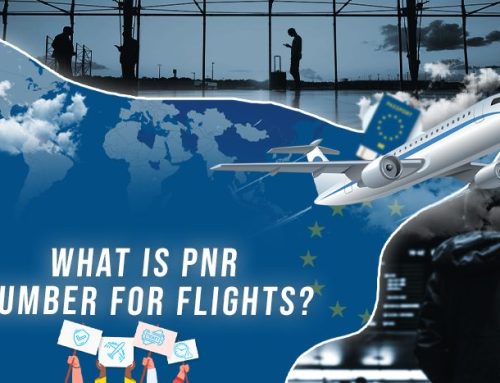The Wright Brothers changed the world in December 1903 with what was arguably the world’s first flight, though there is some debate if others came before them. Regardless, that 12-second flight revolutionized travel, opening the skies in ways that had only been dreamed about before.
The Wright Brothers couldn’t have imagined what their discovery would make possible over 100 years later. Now, we use the same basic principles to fly planes, though our airborne time has increased significantly. The longest direct flight takes about 17 and a half hours, which can get you from Singapore and New York – a whopping 15,349 kilometers! But how exactly do plans fly? And how does in-flight technology make the flying process easier?
Key Takeaways
- Planes fly due to fundamental physics principles, specifically the generation of lift through the forward momentum of thrust and the aerodynamic shape of the aircraft.
- In-flight technology, including navigation systems and autopilot, plays a crucial role in enhancing the flying experience and ensuring the safety of passengers and crew.
- Commercial planes are safer than smaller, privately owned planes, although crashes and fatalities are rare in both cases.
- Despite its convenience, air travel is a significant contributor to greenhouse gas emissions, and efforts are underway to make it more sustainable.
- The aviation industry continues to innovate and improve, with ongoing efforts to make flying even better and faster each year.
How Planes Fly
Let’s dig down to the basics, removing all the technological advances for a moment. Flying is about fundamental physics, and while what goes up must come down, there are technologies that can help defy gravity temporarily! Planes fly because they can generate lift, which is the force that moves the plane upwards. The plane generates lift when it moves forward through the air, and that forward momentum is due to the thrust of the engines. If the thrust is greater than the drag, the plane will move forward.
As the plane thrusts forward, it will drag through the air. As it drags, it faces resistance that will try to pull it back. Additionally, the weight of the aircraft – including the weight of the plane, passengers, and other baggage – will try to drag you down. However, if the lift’s force is stronger, the plane will continue to rise.
These basic physics principles are behind why planes fly, though the aerodynamic shape also plays a huge role. Large commercial planes are safer than smaller, privately owned planes. While plane crashes and fatalities are rare, they are more common with less experienced pilots.
Regardless, flying is still the safest way to travel – connecting you throughout the world in just a few hours.
In-flight Technology

The technology now available in many commercial planes and private jets helps planes fly even smoother, enhancing the pilot and passengers’ journey. One of the most important features that impact how planes fly is the state-of-the-art navigation system. This will ensure that the plane stays on course, avoiding any collisions mid-air when planes share the same airspace too closely.
Autopilot is another cool feature that pilots use, though that doesn’t mean it can completely fly the plane on its own! Instead, pilots program the information needed to help autopilot do its job. This could be adjusting climbs and descent based on weather conditions, cruising altitudes and speeds, and more. The autopilot cannot take off or land the plane. These actions still require a fully trained pilot to complete.
Pilots communicate with each other using radios, which is especially important if other technologies fail. Pilots use RF radios to let others know where they are, avoiding collisions in the sky. They also communicate with airports when it’s time to land – and sometimes have a little fun with each other when using them.
These are just the surface of the technologies that help planes fly. They have become essential to most planes, so you will be hard-pressed to find a modern aircraft that doesn’t have at least the most basic technologies in its equipment. When the technology fails, you can always revert back to your original training, but electrical failures can be disastrous.
The industry has come a long way since the basic plane in 1903, and it continues to innovate to make flying even better and faster each year. It may seem like magic, but planes fly thanks to some basic scientific principles.
Frequently Asked Questions
-
How do planes generate lift?
Planes generate lift when they move forward through the air, and that forward momentum is due to the engines’ thrust. The aerodynamic shape of the wings also plays a crucial role.
-
What is the role of in-flight technology in flying?
In-flight technology, such as navigation systems and autopilot, enhances the flying experience and ensures the safety of passengers and crew.
-
Are smaller planes less safe than larger commercial planes?
While crashes and fatalities are rare in both cases, smaller planes are generally considered less safe than larger commercial planes.
-
What is autopilot, and can it fly the plane on its own?
Autopilot is a feature that pilots use to program information such as climbs, descents, and cruising speeds. However, it cannot take off or land the plane; a fully trained pilot is still required to complete these actions.
-
Is air travel sustainable?
While air travel is convenient, it is also a significant contributor to greenhouse gas emissions. Efforts are underway to make air travel more sustainable, such as developing electric planes or using biofuels.
-
How has the aviation industry evolved?
The aviation industry has come a long way since the basic plane in 1903 and continues to innovate and improve, with ongoing efforts to make flying even better and faster each year.







